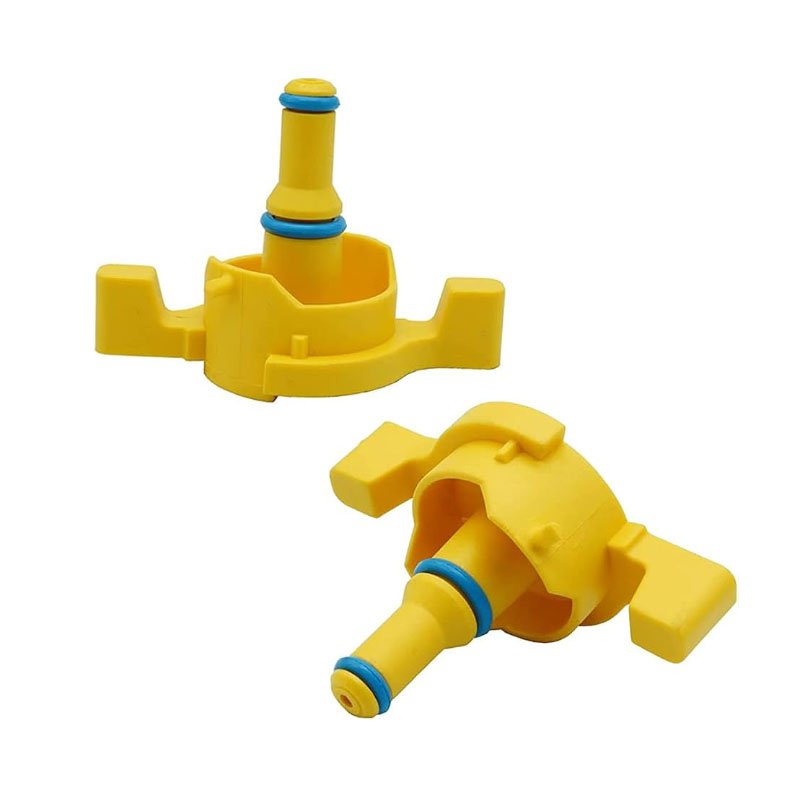Choosing a Reliable Crankshaft Seal for Your Engine Maintenance Needs
Understanding Crankshaft Seals Importance, Types, and Maintenance
The crankshaft seal, often referred to as the rear main seal or crank seal, plays a pivotal role in the engine of automobiles and other machinery. This seemingly minor component is essential for maintaining the efficiency and longevity of the engine. In this article, we will explore the significance of crankshaft seals, delve into their types, and discuss maintenance practices to ensure optimal performance.
The Importance of Crankshaft Seals
The primary function of the crankshaft seal is to prevent oil leaks from the engine. Positioned at the rear end of the crankshaft, it seals the interface between the crankshaft and the engine block. Oil leaks can lead to various issues, including reduced lubrication, increased friction, and eventually, engine failure. Moreover, oil leaks can create environmental hazards and increase maintenance costs due to frequent oil top-ups and repairs.
A well-functioning crankshaft seal ensures a consistent oil pressure within the engine, allowing the oil to lubricate and cool engine components effectively. This lubrication helps reduce wear and tear, thereby extending the engine’s lifespan. Additionally, crankshaft seals prevent contaminants from entering the engine, which is crucial for maintaining a clean and efficient operational environment.
Types of Crankshaft Seals
Crankshaft seals come in various types, each designed for specific applications and engine configurations. The two most common types are
1. Rubber Seals Made from rubber compounds, these are the most widely used crankshaft seals. They provide excellent flexibility and resistance to wear, making them suitable for a range of temperature changes. Rubber seals are often used in modern engines due to their durability and effectiveness in preventing leaks.
2. Lip Seals A subtype of rubber seals, lip seals have a lip that enhances their sealing capability. They are particularly effective in high-speed applications and are designed to accommodate minor misalignments between the crankshaft and the engine block. Lip seals are available in different designs to suit various automotive and industrial applications.
crankshaft seal

In addition to these, some specialty applications may use materials like silicone or PTFE (Teflon) to withstand extreme temperatures or aggressive chemicals.
Signs of a Failing Crankshaft Seal
Recognizing the signs of a failing crankshaft seal is crucial for early intervention and repair. Some common indicators include
- Oil Leaks The most obvious sign is visible oil pooling under the vehicle. This often indicates that the crankshaft seal is compromised, leading to significant oil loss. - Oil Pressure Warning Light A drop in oil pressure can trigger warning lights on your dashboard. This may suggest insufficient oil levels due to leakage, often associated with a failing seal. - Increased Engine Noise When the oil level drops significantly, the engine may start to make unusual noises due to inadequate lubrication. - Burning Oil Smell If the oil leaks onto hot engine components, it can create a burning smell, which is a clear sign that immediate attention is required.
Maintenance Practices
To ensure the longevity of your crankshaft seal and the overall health of your engine, regular maintenance is essential. Here are some best practices
1. Regular Oil Changes Keeping up with oil change intervals helps prevent the buildup of contaminants that can wear out seals over time. 2. Monitor Oil Levels Regularly check your oil levels and address any leaks immediately to prevent low oil conditions. 3. Visual Inspections Periodically inspect under your vehicle for signs of oil leaks and check the condition of the crankshaft seal during engine maintenance activities. 4. Prompt Repairs If you notice any signs of failures, such as leaks or warning lights, address them immediately to prevent further damage.
Conclusion
The crankshaft seal may be a small component, but its role in engine health cannot be overstated. By understanding its function, types, and the signs of failure, along with implementing proper maintenance practices, vehicle owners can ensure their engines perform optimally and remain reliable for years to come. Regular attention to this vital part of your engine can save you from costly repairs and enhance your vehicle’s overall performance.
-
Understanding the Front Main Engine Seal: Purpose, Maintenance, and Installation
News Jul.29,2025
-
Understanding O-Rings and Seal Rings: Types, Applications, and Custom Solutions
News Jul.29,2025
-
Understanding Crankshaft Oil Seals: Rear Seals, Pulley Seals, and Their Role in Engine Integrity
News Jul.29,2025
-
The Importance of Front and Rear Crankshaft Seals in Engine Performance and Oil Management
News Jul.29,2025
-
Crank Oil Seals: Functions, Types, and Cost Considerations in Engine Maintenance
News Jul.29,2025
-
A Comprehensive Guide to O-Rings and Seals: Types, Materials, and Global Applications
News Jul.29,2025
-
Mastering Diesel and Performance Engine Maintenance: A Guide to Critical Oil Gaskets
News Jul.28,2025
Products categories















